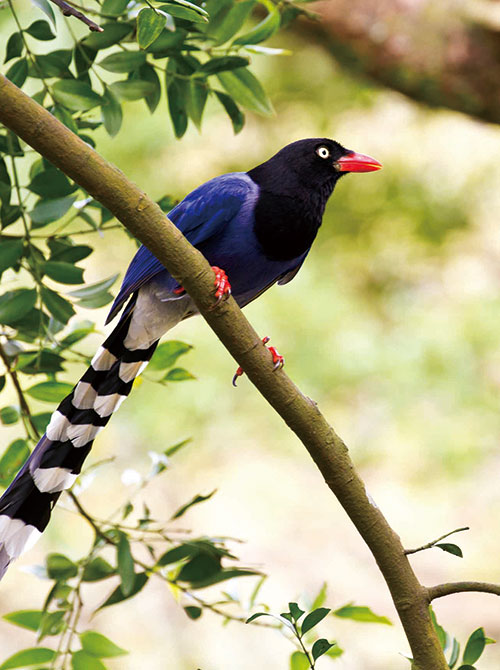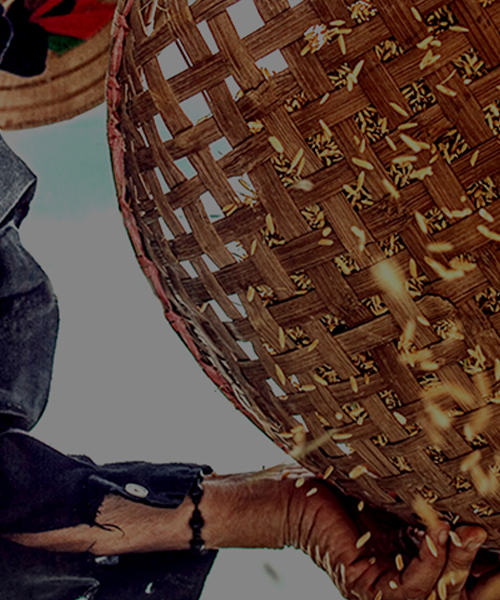Rich and Fragrant Organic Florist’s Daisy
- 2023-12-15
- 2023-12-14
- / 1422 Views
- /
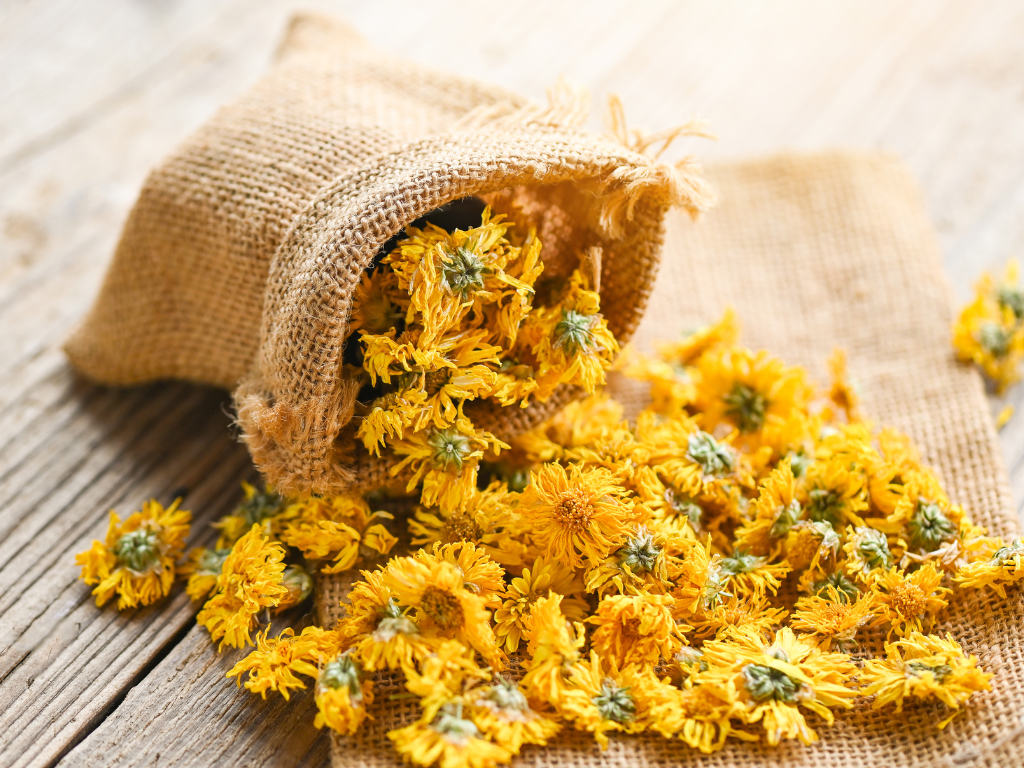
Plum, orchid, bamboo, and chrysanthemum are the four gentlemen in ancient poetry and literati paintings. Among them, chrysanthemum blooms in late autumn and is not afraid of bleakness, symbolizing hermits, and Tao Yuanming’s “By fence I pick chrysanthemums in pleasure, the southern hill comes to my sight at leisure” is a well-known line of verse. Every November, the white and golden flowers of Florist’s Daisy are pleasant to the eye, and its fragrance is also a well-known refreshing drink in Taiwan.
Florist’s Daisy, a perennial herb of the Compositae Chrysanthemum family, is native to mainland China. It prefers a warm, sunny, environment and sandy loam soil with good drainage. Since Florist’s Daisy is afraid of drought and avoids tuberculosis, the choice of terrain is very important, and the platform is more suitable for planting than the plain. Florist’s Daisy morifolium Ramat production areas in Taiwan are concentrated in Miaoli Tongluo, Taitung Beinan and Taimali, among which Tongluo is where the bulk locates.
Florist’s Daisy is a high-cost and high-tech agriculture, and both of its line spacing and border width should be precise, with growth space reserved. If the planting becomes too dense, the flowers will be small, which will not cover the cost. If it is sparsely planted, the yield will be insufficient. Propagating chrysanthemum seedlings and cuttings from January to April, planting chrysanthemum seedlings in April and May, and topping the heart from April to September to increase the branches, also reduce the height of the plant to prevent lodging, prune regularly to avoid too dense, and keep the plant ventilated.
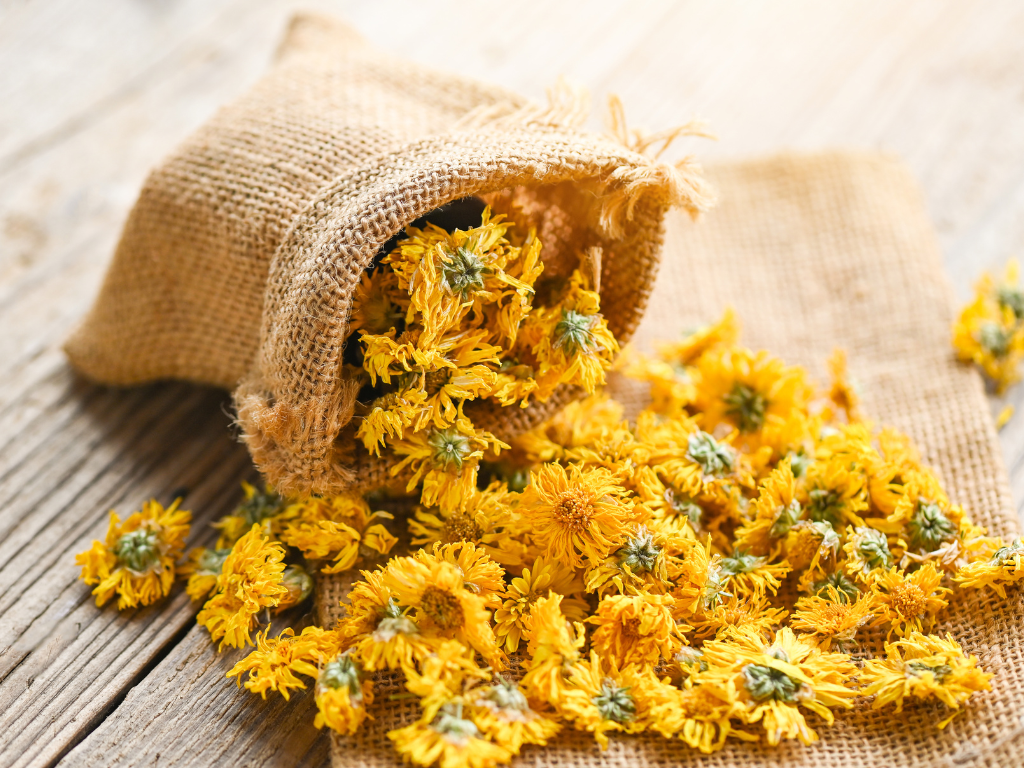
Organic Florist’s Daisy farmers do not utilize chemical fertilizers and pesticides. During the nine-month growth period, the plants are kept ventilated to overcome pests and diseases and also the yield barrier. The initial harvest amount is only one-third of that of conventional farming, and the conventional farming method can harvest 300 kilograms per piece of land, while the organic cultivation yields only 100 kilograms.
Some organic farms offer experience activities and programs to educate the public on the correct picking concept, such as disinfecting their hands first, not picking up flowers that have fallen on the ground and confirming that they are full blooming Florist’s Daisy before picking. Even, depending on the weather, the flowers are fragrant when harvested in full sun. After artificially harvesting one by one, the soft and plump organic Florist’s Daisy removes water, and about 10 kilograms is exchanged for 1 kilogram of dry Florist’s Daisy. It takes about three days in the sun, and one day in the machine for low temperature drying.
At present, 90% of Taiwan’s imported Florist’s Daisy come with safety concerns. Fortunately, the public knows that Florist’s Daisy should be grown organically on the ground, without artificial flavors, pigments, and preservatives, nor with sulfur dioxide, bleaching agents to preserve color for steaming the dried organic Florist’s Daisy tea. As to the how of identifying the local or imported Florist’s Daisy? In appearance, the local is round and the imported is flat and loose; the smell is pungent while the native ones are fragrant; after brewing in boiling water, the local Florist’s Daisy is soaked and the grains are round and sweet, whereas the imported ones are scattered, and the taste is slightly like that of herbal Chinese medicine.
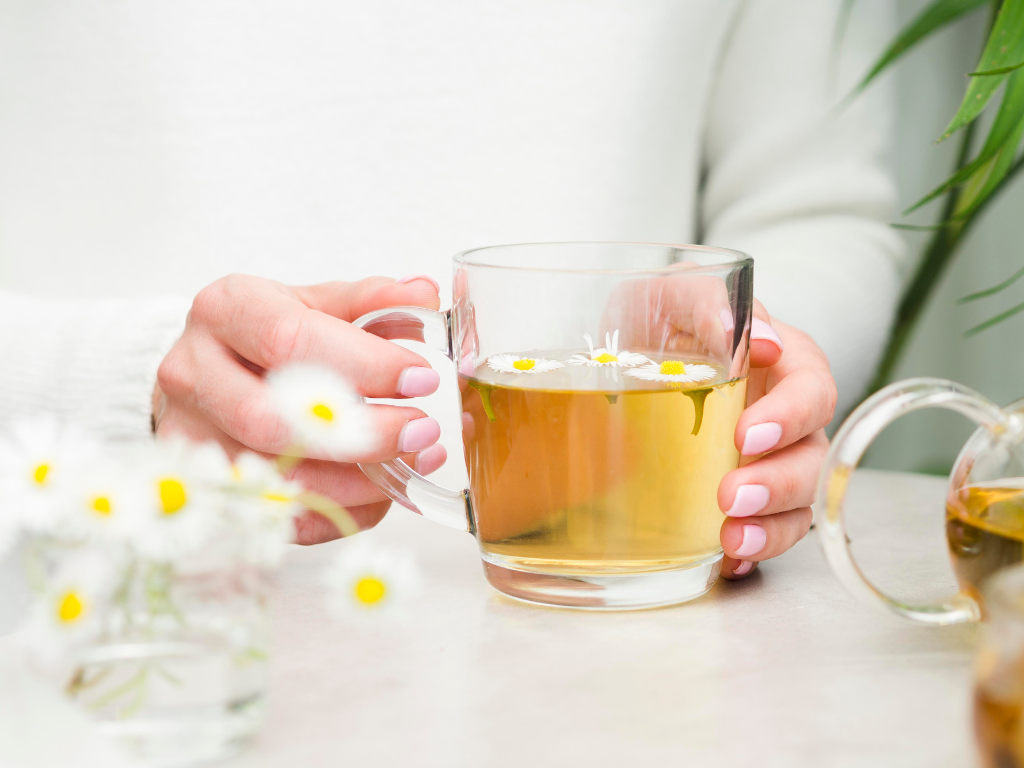
In the 1960s, it was planted in Tongluo, and it flourished over 100 hectares. In the 1980s, it entered the industrial society as the rural population migrated to the city, and a large number of imports were added, and in the 2000s, it almost became a sunset industry. Fortunately, with the joint efforts of the government and nongovernmental organizations, the Tea Research and Extension Station of Council of Agriculture and the Miaoli District Agricultural Research and Extension Station conducted a three-year character survey and officially named them “Bai Xue” and “Golden Chrysanthemum” in 2015. In 2018, in order to increase the production capacity of Florist’s Daisy, the seedlings improved breeding farms to cultivate healthy seedlings and reduce farmers’ drug dosage. Some young farmers returned to their hometowns for organic planting, and with the recovery of profits, Taiwan Florist’s Daisy became a hope industry.
According to “Herbal Foundation Compendium”, chrysanthemum is sweet, slightly cold, and has the effect of dispelling wind and heat, as well as calming the liver and improving eyesight. With its own particular aroma, the drinks and beverages of Florist’s Daisy flavor are always popular. In addition to making and brewing tea, it can also be used in developing delicious fried dishes.


